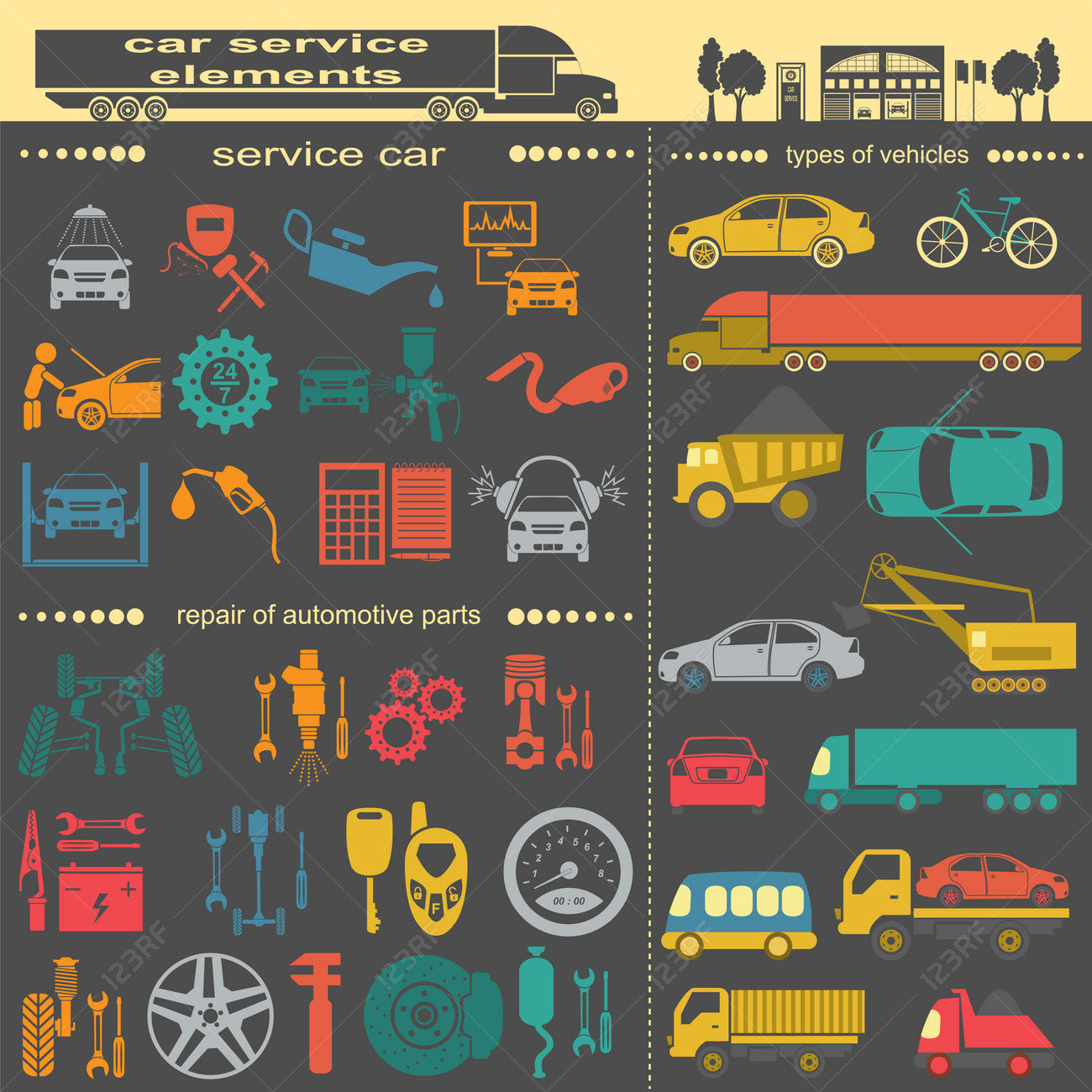Familiarize On Your Own With The Dashboard Warning Lights In Your Auto To Prioritize The Wellness And Safety And Security Of Your Car
Familiarize On Your Own With The Dashboard Warning Lights In Your Auto To Prioritize The Wellness And Safety And Security Of Your Car
Blog Article
Author-Justesen Mendoza
When you're behind the wheel, those beautiful warning lights on your dashboard can be a bit perplexing. Do you understand what they're trying to tell you regarding your auto's health and wellness? Understanding the significance of these lights is crucial for your safety and security and the longevity of your automobile. So, the following time among those lights appears, wouldn't you want to decode its message properly and take the required steps to address it?
Common Caution Lights and Interpretations
Identify typical caution lights in your automobile and recognize their significances to make certain safe driving.
One of the most typical caution lights include the check engine light, which indicates issues with the engine or discharges system. If this light begins, it's important to have your lorry checked promptly.
The oil pressure warning light suggests low oil pressure, requiring immediate focus to prevent engine damages.
A blinking battery light may suggest a faulty charging system, potentially leaving you stranded otherwise addressed.
The tire pressure surveillance system (TPMS) light alerts you to reduced tire pressure, impacting car stability and fuel effectiveness. Disregarding this can cause unsafe driving conditions.
auto repair shop indicates a trouble with the anti-lock stopping system, endangering your capacity to stop swiftly in emergencies.
Lastly, the coolant temperature level cautioning light warns of engine overheating, which can cause severe damage if not solved promptly.
Recognizing these usual warning lights will certainly help you address issues promptly and preserve safe driving conditions.
Significance of Prompt Interest
Recognizing the usual caution lights in your vehicle is only the primary step; the value of immediately addressing these warnings can not be highlighted enough to ensure your safety and security when traveling.
When a caution light illuminates on your control panel, it's your auto's means of connecting a possible concern that needs attention. Neglecting these cautions can result in extra serious issues in the future, compromising your safety and security and possibly costing you more in repairs.
Prompt focus to cautioning lights can prevent breakdowns and crashes. For instance, a flashing check engine light can show a misfire that, if left ignored, might trigger damage to the catalytic converter. Addressing this promptly can conserve you from a costly fixing.
Similarly, a brake system warning light might signal reduced brake liquid or worn brake pads, important parts for your security when driving.
Do It Yourself Troubleshooting Tips
If you notice a caution light on your dashboard, there are a couple of DIY troubleshooting pointers you can try prior to seeking specialist help.
The first step is to consult your car's handbook to understand what the certain caution light suggests. In some cases the problem can be as basic as a loose gas cap setting off the check engine light. Tightening up the gas cap might deal with the problem.
An additional usual problem is a reduced battery, which can cause various alerting lights. Checking the battery links for corrosion and ensuring they're safe and secure may repair the trouble.
If a warning light lingers, you can attempt resetting it by separating the car's battery for a few mins and then reconnecting it. Additionally, examining your vehicle's liquid degrees, such as oil, coolant, and brake liquid, can aid repair alerting lights associated with these systems.
Conclusion
Finally, understanding your cars and truck's caution lights is crucial for maintaining your vehicle running smoothly and safely. By quickly dealing with these signals and knowing what they mean, you can stay clear of pricey fixings and potential break downs.
Keep in mind to consult your vehicle's manual for particular details on each cautioning light and do something about it appropriately to ensure a hassle-free driving experience.
Stay informed, remain risk-free when driving!
